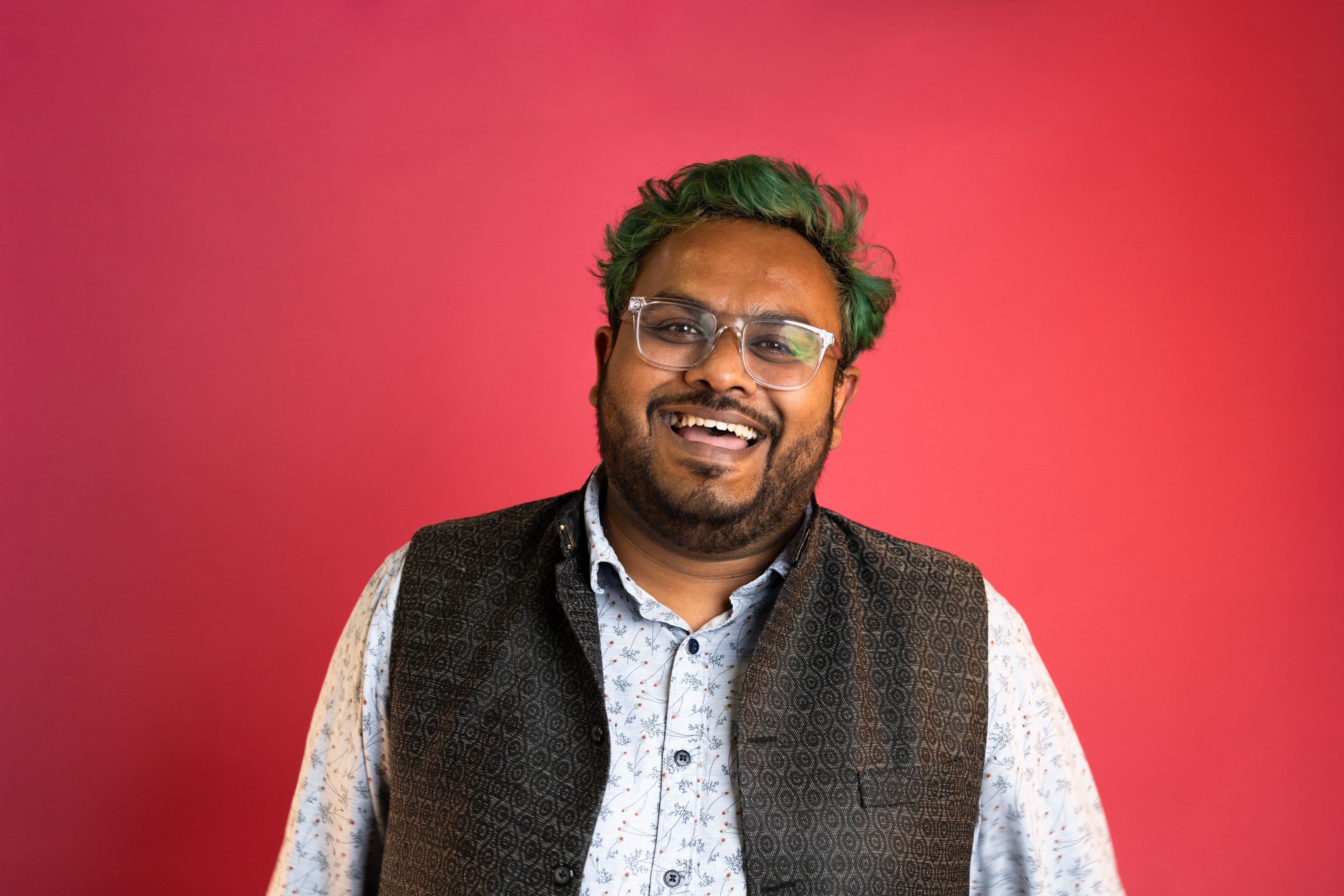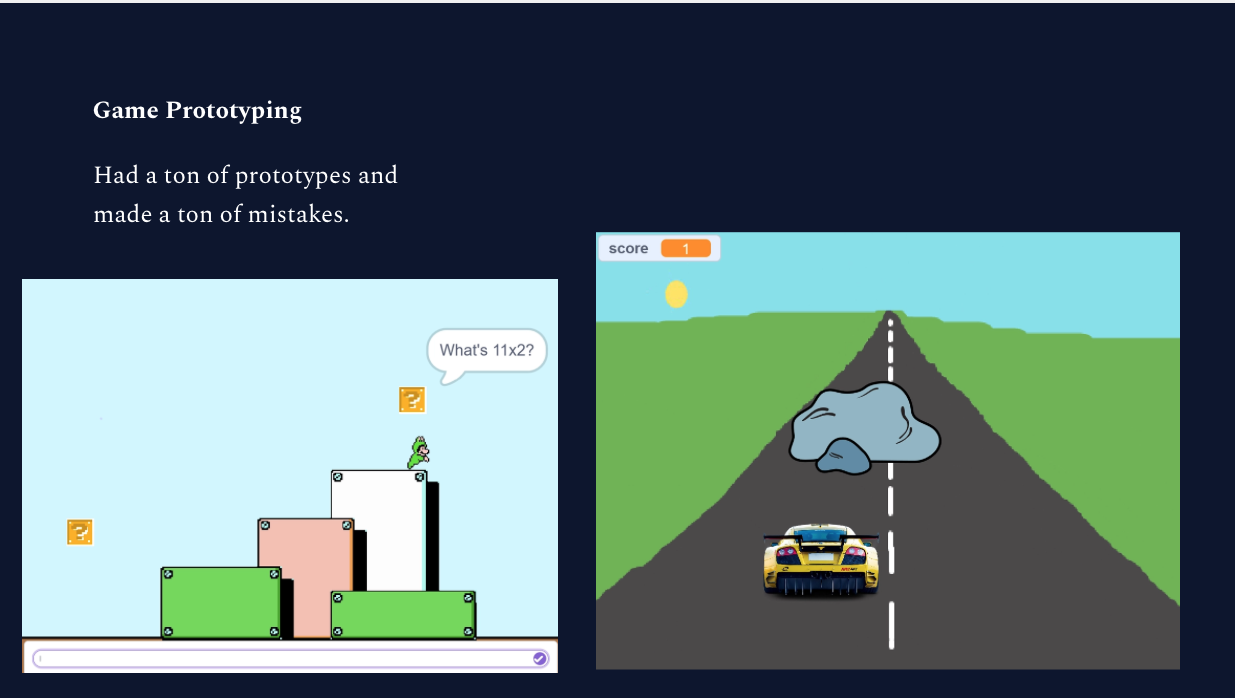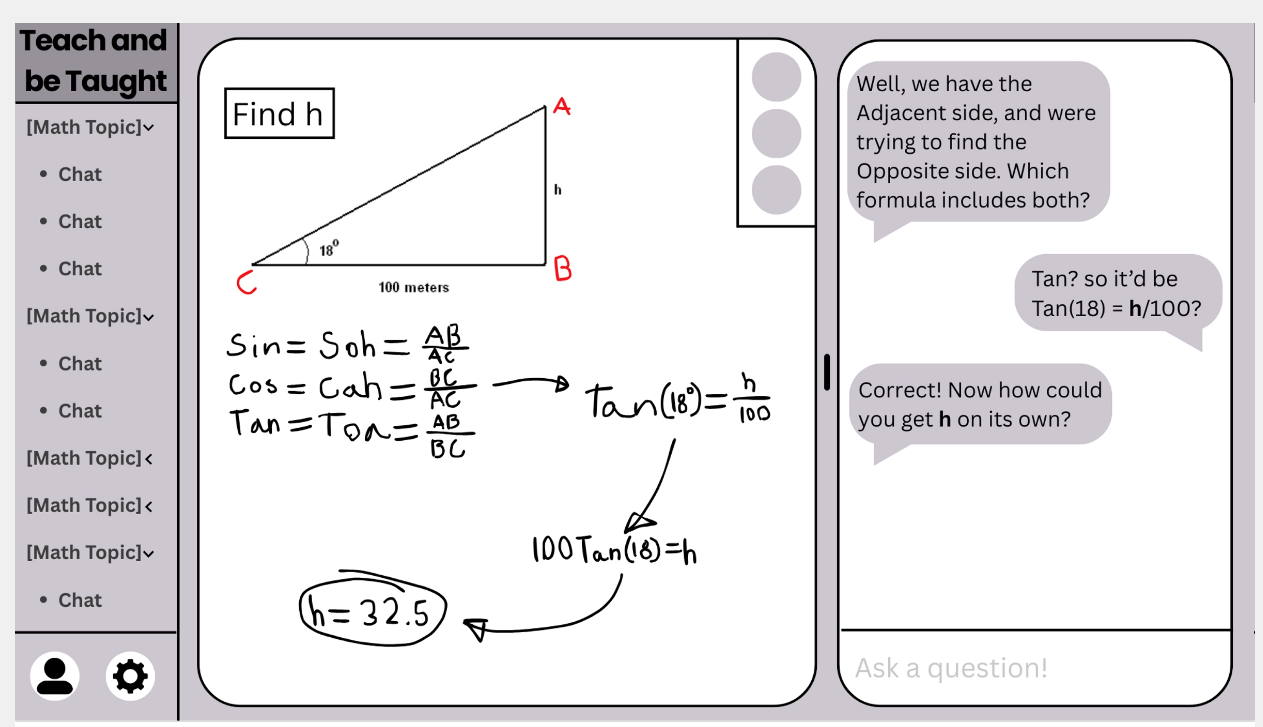October 1, 2025
Math Meets Machine: A Conversation with Ayush Gandhi
“At NuVu, every studio is an opportunity to reimagine how learning can happen.”

At NuVu, every studio is an opportunity to reimagine how learning can happen. We recently sat down with Ayush Gandhi, NuVu’s full-time Technology Coach, to talk about his studio Math Meets Machine—an exploration of how artificial intelligence, personalization, and design can reshape how students approach mathematics.
NuVu: Tell us about Math Meets Machine. What was the objective of this studio?
Ayush Gandhi: We were exploring whether AI could help create a personalized math tutor, something that adapts to each student’s needs. There’s a famous 1984 paper by Benjamin Bloom that showed the summative achievement scores of an average student in one-on-one tutoring - perform two standard deviations higher than the average student in a traditional classroom. That became known as the “Two Sigma Problem.” At the time, one-on-one tutoring wasn’t scalable—but with AI, it may be.
Math was our focus because it requires active working memory, and anxiety can interfere with that process. If AI can provide support in moments of struggle, maybe we can reduce that anxiety and improve the learning experience. That was the hypothesis we set out to test.

NuVu: What kinds of projects did students create?
Ayush: There were three:
- Gamified Math: Students designed a game for primary school learners where instead of paying with money for upgrades, players solved math problems. A chatbot helped when students got stuck.
- Adaptive Diagnosis: This project challenged the linear way we typically assess math skills. Instead, they explored building a system that adapts to how students actually learn, which isn’t always in a straight line.
- Teach and Be Taught: Here, AI first taught a topic, then switched roles—students had to teach the AI, correcting its intentional mistakes. It was a way to reinforce understanding through teaching.
All three groups built functional prototypes that demonstrated these ideas.
NuVu: How did working on these projects shape students’ relationship with math?
Ayush: Students realized that people learn at different paces and in different ways—what works for one may not work for another. More importantly, they began taking ownership of their math learning. Even students who weren’t comfortable with coding got engaged because the projects connected directly to their own learning needs.

NuVu: Did you yourself have a learning moment as a coach?
Ayush: Absolutely. I originally thought we might build a single platform where all these tools could live. But I found that the personalization piece was more powerful when each student created something for themselves. That agency—building for their own math learning—was key.
NuVu: Do you see yourself continuing this line of work in future studios?
Ayush: Yes. Before generative AI, systems like CMU’s cognitive tutors gave step-by-step feedback in static ways. Now, with generative AI, feedback can be more adaptive and personalized. In future studios, I’d like to push students further into exploring those intelligent tutoring systems, not just chatbots.
NuVu: Finally, what do you see as the benefit of approaching a traditional subject like math through NuVu’s project-based design studio model?
Ayush: This studio’s objective was more about computer science and logical thinking than math itself—students built AI agents, decision trees, and flow charts. Many of them didn’t like coding at first. But because the projects were tied to solving their own challenges with math, that became the driving force. They didn’t care whether they liked coding; they just wanted to solve the problem. That’s the real power of project-based learning.






